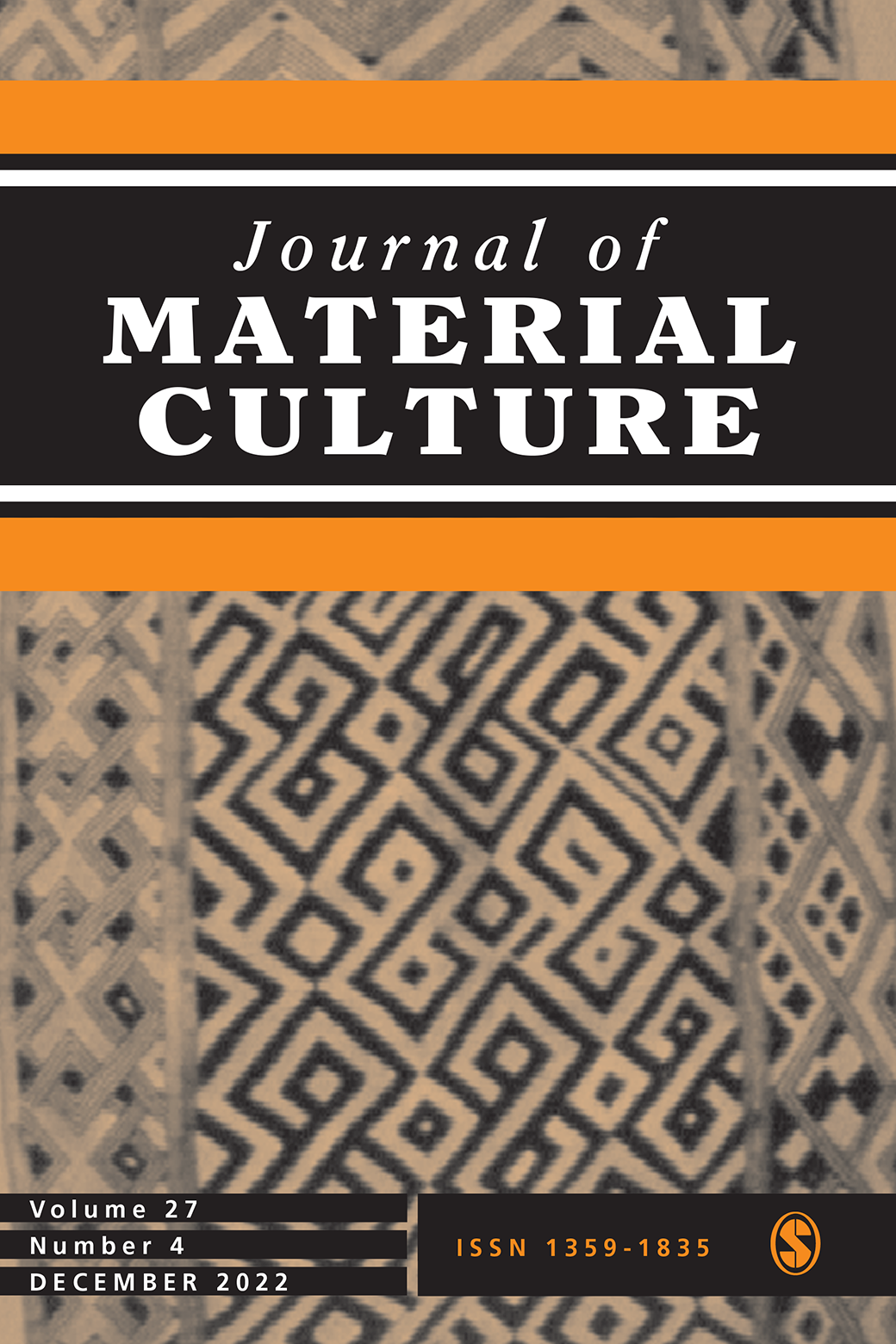What happens to the notion of commemoration when its object is not fixed in time? Intervening in scholarly discussions on the contested nature of public remembering, this ethnographic research analyses how the afterlives of genocidal violence, of people and of mythical characters, are intermingled in divergent temporalities of public memorials. Through the case of the statue commemorating a locally known holy-madman, Şeywuşen (1930–1994), inaugurated in 1995 in Dersim (Tunceli), Turkey, it examines the possibilities and limitations of the statue's aesthetic form in representing madness and holiness both of which lie beyond the bounded character of rationality in its normative form. The article first juxtaposes the fluctuating temporality generated by the statue of Şeywuşen with that of Mustafa Kemal Atatürk (1881–1938), representing the official memory regime of nationalism. Secondly, it contrasts the temporal multiplicity enabled by the statue of Şeywuşen with the statue of Seyyid Rıza (1863–1937), which commemorates the officially denied Dersim Genocide (1937–1938) and represents collective trauma. By putting it into conversation with monumental and counter-monumental aesthetic representations, the article illustrates that the statue of Şeywuşen paradoxically memorializes what is uncontainable within the political order and temporality of the nation-state. It argues that this case presents the possibility of joining different communities of loss by generating space for open-ended mourning for multiple injuries resulting from state violence.

